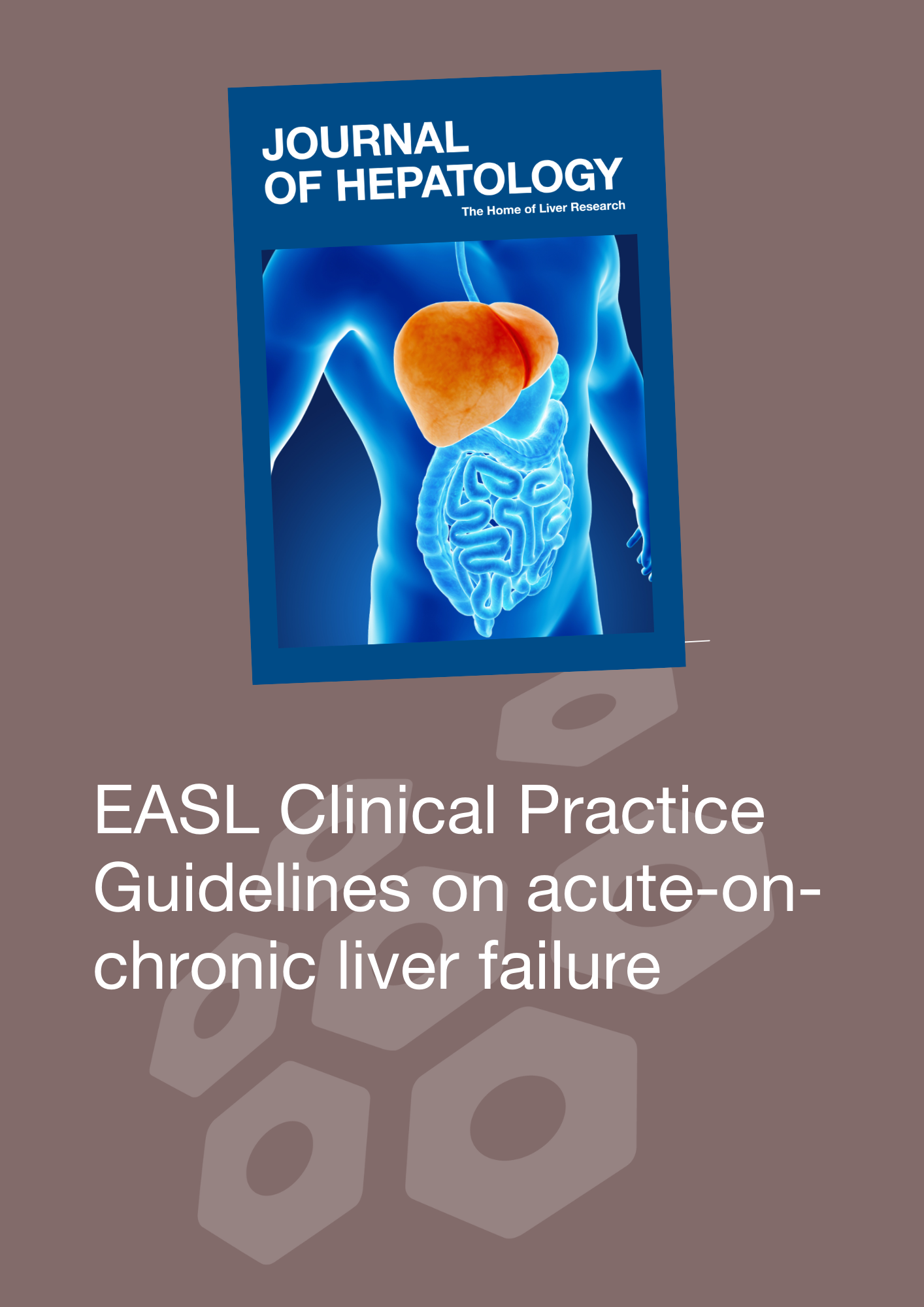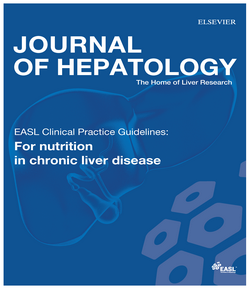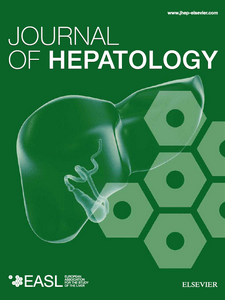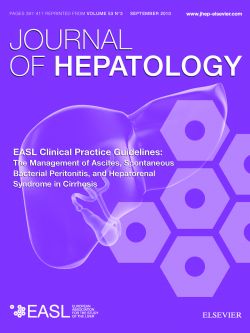EASL’s Clinical Practice Guidelines assist physicians, healthcare providers, patients and other interested parties in the clinical decision-making process. The EASL Guidelines present a range of state-of-the-art approaches for the diagnosis and treatment of liver diseases.
The objective of the present Clinical Practice Guidelines is to provide recommendations to help clinicians recognise ACLF, make triage decisions (ICU vs. no ICU), identify and manage acute precipitants, identify organ systems that require support or replacement, define potential criteria for futility of intensive care, and identify potential indications for liver transplantation.
Read MoreThese EASL Guidelines for Clinical Practice review the present knowledge in the field of Nutrition in Chronic Liver Disease and promote further research on this topic. Screening, assessment and principles of nutritional management are examined, with recommendations provided in specific settings such as hepatic encephalopathy, cirrhotic patients with bone disease, patients undergoing liver surgery or transplantation and critically ill cirrhotic patients.
Read MoreEASL Guideline on Management of Decompensated Cirrhosis. The natural history of cirrhosis is characterized by an asymptomatic compensated phase followed by a decompensated phase, marked by the development of overt clinical signs, the most frequent of which are ascites, bleeding, encephalopathy, and jaundice. The following Clinical Practice Guidelines (CPGs) represent the first Guideline on the Management of Decompensated Cirrhosis.
Read MoreHepatic Encephalopathy (HE) is a frequent complication and one of the most debilitating manifestations of liver disease, severely affecting the lives of patients and their caregivers. Furthermore, cognitive impairment associated with cirrhosis results in utilization of more health care resources in adults than other manifestations of liver disease. Progress in the area has been hindered…
Read MoreEASL has published clinical practice guidelines for the management of ascites, the most common complication of cirrhosis. The peer-reviewed guidelines are available in the September 2010 issue, (Volume 53, No.3) of the Journal of Hepatology and online CPGs. They will also provide recommendations for the management of spontaneous bacterial peritonitis (SBP) and hepatorenal syndrome, which…
Read MoreThe first EASL Clinical Practice Guideline on treatment of hepatitis C was published in 1999. Since then, more than 30 EASL Guidelines on various liver diseases have been published. The EASL CPGs are extremely popular in Europe and beyond. Most importantly, they are a global reference for the current state-of-the-art on diagnosis and management of liver diseases. As consequence, the EASL Guidelines have been widely distributed. And not only by open-access publication in the Journal of Hepatology but also on the EASL website. Finally, for some EASL CPGs, dissemination of knowledge into derivatives of the guidelines (e.g. patient versions).
The Success of the EASL Clinical Practice Guidelines
One possible reason for the success of our guidelines is the streamlined process. This has allowed for a fast response and timely publication of clinical recommendations when there are new developments in a field. This was especially relevant for chronic HCV infection. The rapid development of treatment regimens has prompted the EASL Governing Board to commission regular updates of ‘‘HCV treatment recommendations”on an almost yearly basis since 2014. In 2019, EASL launched The first guideline for hepatitis B. Updated versions for the EASL guidelines for Hepatitis B followed in 2012 and 2017.
EASL acknowledgements
This responsive process of CPG development in almost all areas of hepatology has only been made possible by the commitment of a small team of 5–8 world-leading experts (the ‘‘CPG panel”) and the meticulous evaluation of the CPGs by three independent experts (at least one from outside Europe), as well as the EASL Governing Board. EASL is very grateful for the continuous and outstanding support provided by these experts from our community.







